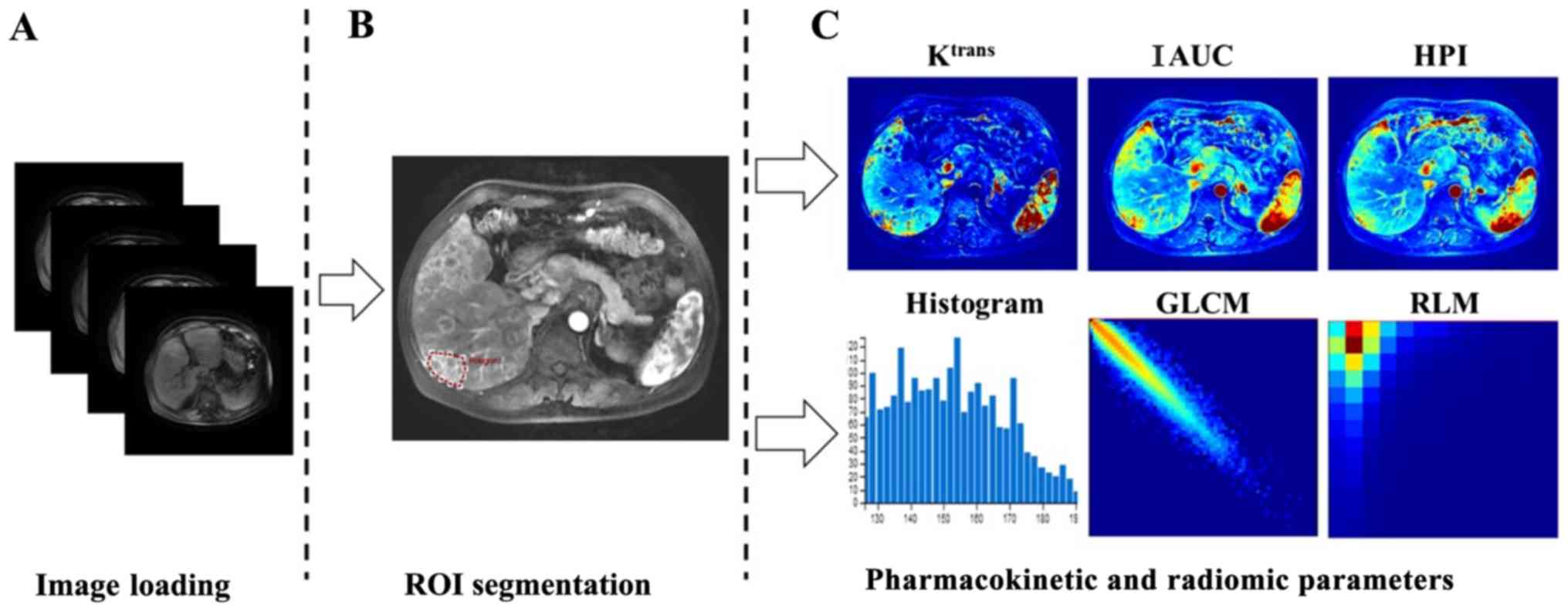

The overall design of the workflow of ColistinDose is shown in Figure 1. Several open-source libraries (including Charts, Former, Persei, and Realm please refer to the Multimedia Appendix 1 and the Acknowledgments section in the app for detailed information) were also utilized to implement relevant user interface elements, animation, and, in particular, local data storage. Xcode and Interface Builder (Apple Inc) were employed to build the app’s human interaction interfaces. Methods Development of the ColistinDose Smartphone App Our app provides clinicians with an easy-to-use tool for determining optimal dosing regimens of intravenous colistimethate in adult patients with varying degrees of renal function directly at the bedside. This study aimed to develop an app, ColistinDose, for the iPhone operating system (iOS Apple Inc) to allow clinicians to accurately and conveniently determine the dosing regimens of intravenous colistimethate on a local iPhone or iPad. Neither tool utilizes the latest population PK model for calculating the dosage regimens of intravenous colistimethate. To the best of our knowledge, there are no apps and only two online tools available for the calculation of colistimethate dosage regimens: a colistin dosing calculator and a colistin calculator. We recently published the most comprehensive population PK model to date with dosing recommendations based on data from a total of 214 critically ill patients that included 29 patients on different forms of RRT. Given the role of colistimethate as one of the most important last-line therapies for multidrug-resistant gram-negative bacteria and the difficulties associated with accurately determining an appropriate dose across many patient groups (including those on RRT), a user-friendly smartphone app utilizing the latest clinical pharmacological findings to determine optimal, personalized dosing regimens of intravenous colistimethate in patients would provide valuable assistance to clinicians.

Pharmacokinetics and dynamics calculator professional#
Professional mobile apps have created paradigm shifts in modern medicine in a number of areas including information storage and access, patient management and monitoring, clinical decision making, and clinical practice transformation. Mobile devices have become commonplace in health care settings.

Selecting an optimal dose of colistimethate in critically ill patients is thus a difficult process with serious consequences for both underdosing (treatment failure and development of resistance) and overdosing (toxicity). Adding to this complexity is that the dose units of colistimethate are expressed differently in different parts of the world, namely as either colistin base activity (CBA) or number of international units (IU) (approximately 33.3 mg of CBA=1 million IU=approximately 80 mg of CMS) these different expressions are known to have caused prescribing errors and patient safety issues, and substantially confound the clinical use of colistimethate. The complex PK of both the prodrug and formed colistin in patients extend to those with different renal functions and those on different renal replacement therapies (RRT) given that the apparent clearance of colistin is dependent on renal function. These studies have revealed the extremely complicated PK of colistimethate and formed colistin, which in turn has made determining appropriate dosing regimens for intravenous colistimethate very challenging. Owing to earlier difficulties in determining concentrations of colistimethate and formed colistin, only relatively recently have studies reliably investigated the pharmacokinetics (PK) of colistimethate and formed colistin in patients. Unfortunately, nephrotoxicity following intravenous administration of polymyxins (colistin or polymyxin B) can occur in up to 60% of patients and is the major dose-limiting factor. In clinical settings, colistin is most commonly available as an inactive prodrug, colistimethate (also known as colistin methanesulfonate ), for intravenous and inhalational administration. Colistin (ie, polymyxin E) has increasingly been used as a “last-line” therapy to treat infections caused by gram-negative “superbugs” unresponsive to other agents. As the drug discovery pipeline for new antibiotics has dwindled, multidrug-resistant gram-negative pathogens have become a serious global health threat.


 0 kommentar(er)
0 kommentar(er)
